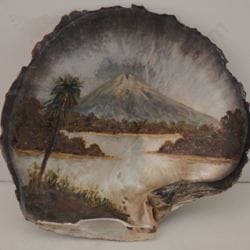Harlequin ladybirds are a potential threat to the horticulture industry, as they feed on top fruit, causing blemishes on the fruit. They are known to cluster within bunches of grapes before harvest, resulting in tainted juice.
Gisborneherald.co.nz reports that Harlequin ladybirds also pose a nuisance to humans. They swarm in buildings and houses. They can bite and cause allergic reactions. They eat other insect species and compete for food resources, posing a risk to the biodiversity of the ecosystem. They will eat native ladybirds and also swarm in beehives over winter, requiring manual removal.
| A FreshPlaza release | || April 06, 2018 |||
This email address is being protected from spambots. You need JavaScript enabled to view it.



